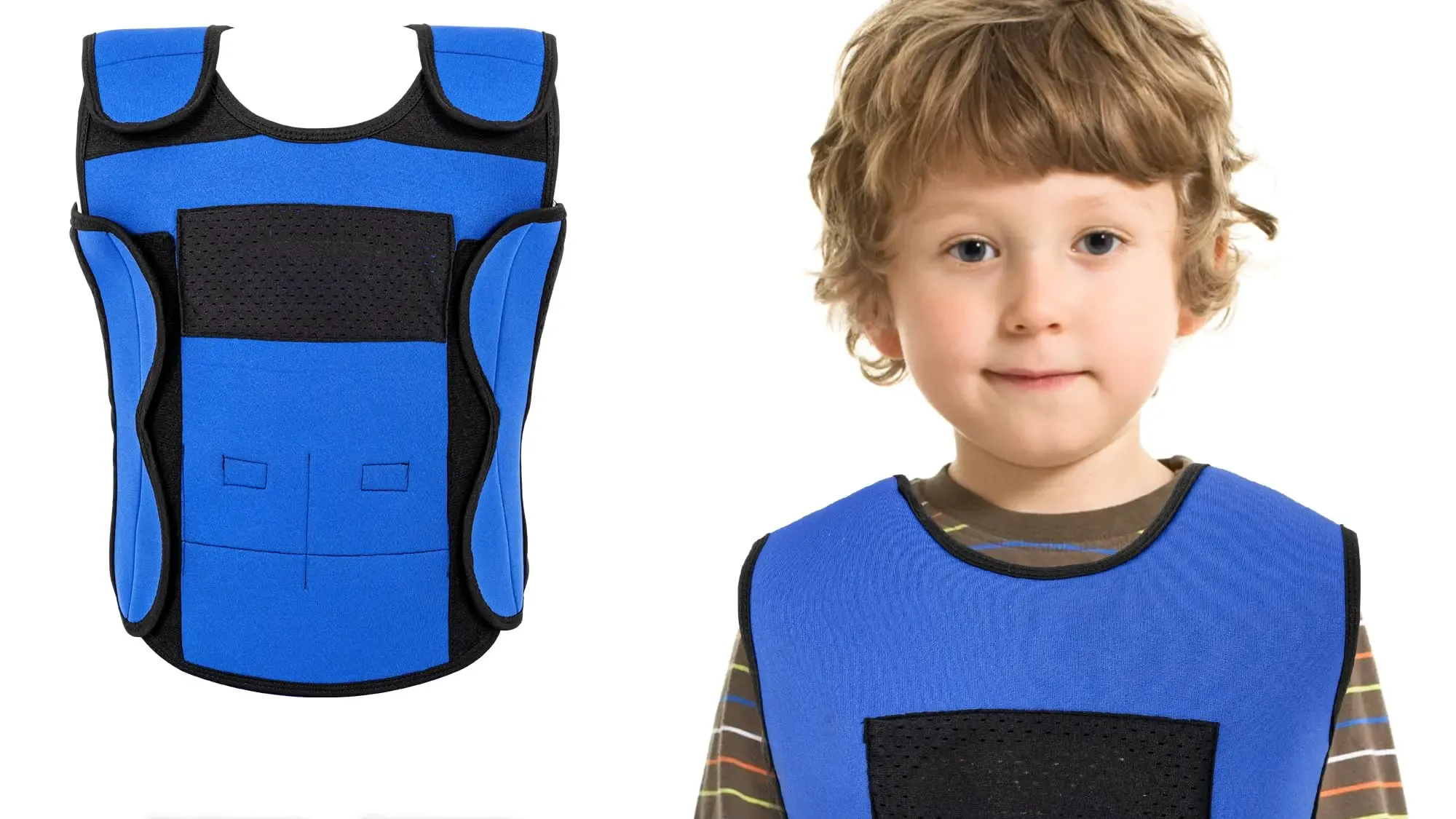How Weighted Vests Help Autistic Children Feel Safe: A Gentle Strategy for Emotional Regulation
Oct 29, 2025
When children on the autism spectrum face overwhelming situations like loud noises, transitions, or new environments, their nervous system can become dysregulated. Weighted vests are one sensory support tool that can help kids feel more grounded and emotionally safe, but one thing most parents don’t get told is this, a weighted vest only works when a child feels safe wearing it.
When we think of autism support tools, a weighted vest can look strange.
Some parents wonder:
“Why would extra weight help my child?”
“Is this therapy or just a gimmick?”
“Won’t they rip it off immediately?”
Those questions are valid and very common.
Weighted vests are a sensory regulation tool that helps calm the nervous system in children with autism or sensory processing challenges. When the world feels loud, unpredictable, or overwhelming, deep pressure can help a child’s body feel more grounded and in control.
Today, I want to share a story about one brave girl living with autism who discovered comfort in something she once feared.
I had just returned from a work trip to Brisbane and was excited to reconnect with one of my 11-year-old clients. She is autistic, curious, observant, and recently very into makeup.
Before I left, we introduced a weighted vest to help her through challenging sensory moments.
But her mom put it aside not because she didn’t believe in it, but because she was sure:
“She’ll never keep that on.”
Not uncommon, right? New sensory tools can feel scary at first.
So I told mom something I teach every parent:
Never introduce a new tool during a meltdown.
Train when they’re happy and regulated.
When I arrived, I brought a little makeup kit, glitter, sparkles, the works. She lit up, giggling while brushing shimmer across her cheeks. Her joy filled the room.
That’s when I gently said:
“Let’s put on your vest, and we’ll keep playing with the makeup.”
We all paused.
Her nanny zipped it.
And then she kept giggling.
She wore it the entire day.
We praised her bravery. I told her she was strong.
A few days later, her nanny told me something that nearly made me cry:
She now asks for her weighted vest every morning before school.
One day when she felt dysregulated, she went to get it herself.
That’s not just growth, it's self-regulation.
That’s a child learning what helps her feel safe.
Sometimes our kids don’t resist because they won’t, but because the unknown feels scary.
Give them one joyful moment with a new tool, and the world opens up.
Why Weighted Vests Work for Autism (Science Simplified)
Weighted vests provide deep pressure input that helps:
✅ Calm the nervous system
✅ Increase focus in school
✅ Reduce sensory overload
✅ Improve participation in routines
✅ Support emotional regulation
Studies show deep pressure touch can support children with autism and sensory processing disorder by lowering anxiety and improving body awareness.
Source: National Institutes of Health (NIH)
How to Introduce a Weighted Vest Successfully
Here’s the 3-step sensory introduction plan I use:
- Choose happy moments
When your child is already calm and engaged - Pair the vest with something they love
Like snacks, toys, music, or a favorite activity - Praise and celebrate
Reinforce bravery:
“You’re doing amazing! The vest helps your body feel safe.”
Gentle Reminder for Parents
Progress isn’t always loud.
Sometimes it’s one brave, quiet yes.
When children feel safe, they can grow.
And when parents feel supported, everyone thrives.
You’re doing better than you think. 💜
Want Guidance Tailored to Your Child?
If you'd love help introducing sensory tools or reducing dysregulation, book a one-on-one call let's talk - HERE
Frequently Asked Questions About Weighted Vests & Autism
- Do weighted vests help all autistic children?
Not always, some kids prefer compression shirts, blankets, or lap pads instead. - How long should a weighted vest be worn?
Typically short intervals, 15 - 20 minutes, based on therapist guidance. - Are weighted vests safe?
Yes, when weight guidelines are followed (about 5–10% of body weight).



